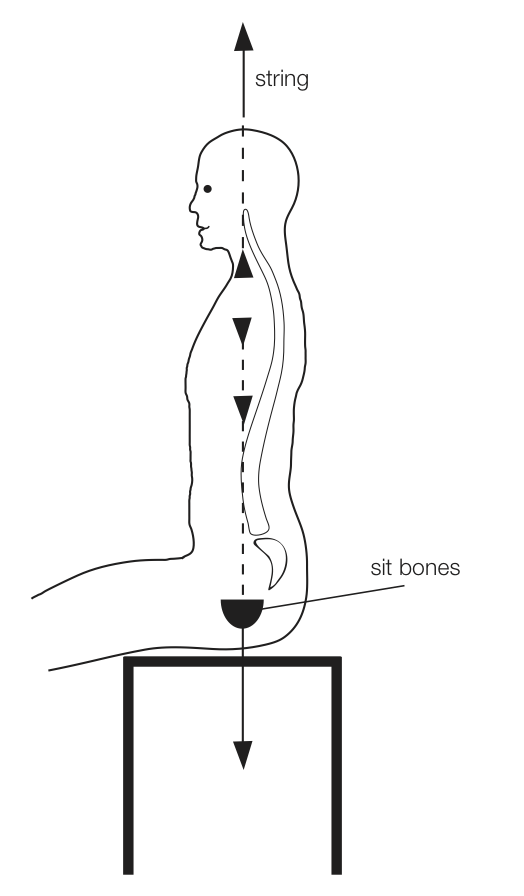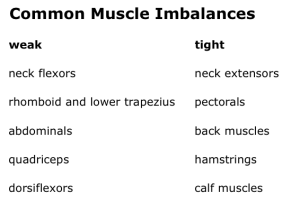The book “In Praise of Good Posture” contains diagrams using a puppet to illustrate, first, the compromised positions we often adopt etc. Try to relax and understand this is a process that involves training the brain (the powerhouse). Repetition and the development of self-awareness will help you regain control and balance of your own body.
You will notice that most of the diagrams in this section are rigid. I have used a puppet to illustrate, first, the compromised positions we often adopt, and second, the ideal we aim for. When you begin practising, you may notice a rigidity and tension in your body. Try to relax and understand this is a process that requires repetition and the development of self-awareness.
Sit on a firm surface. Place your hands under your buttocks, palm side up. Feel for the bony prominences pressing into each hand. These are the sit bones. They are like little rockers. Slowly rock backwards and forwards using your hips as a hinge, while keeping a straight back. Stop when you feel you are sitting at the centre point of the rockers. Now see if you can align your shoulders over this centre point.
Muscle Imbalance
If your body is misaligned, muscle imbalances develop, leading to tension and undue pressure on your joints. For example, a head forward posture causes compensations in the neck and upper back joints.
There are many variations of these muscle imbalances and a physiotherapist can assess and help you correct yours, so that your body can function better. For the maintenance of your good health it is important to find your center of gravity and not allow your environment to dictate how you move and place yourself.


